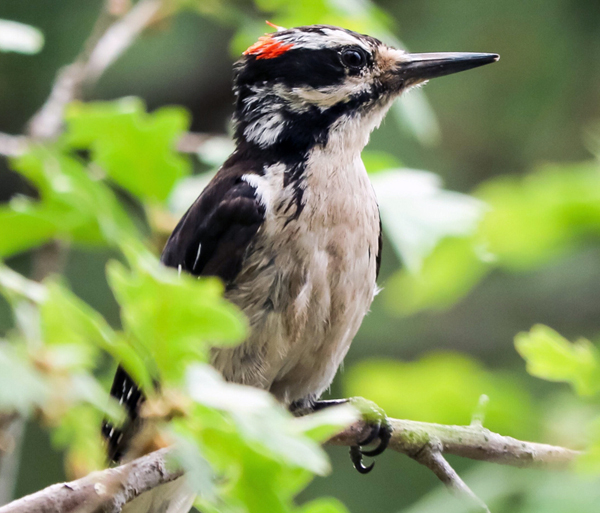Abstract
Little is known about cues used by insectivorous bark-foraging birds to locate prey. Because vision is thought to be the primary sensory system used by many avifauna to perceive the environment, we conducted an experiment to assess if insectivorous bark-foragers in northern Arizona forests used holes in trees as foraging cues. We set up 20 experimental stations, each consisting of a pair of equally sized ponderosa pines (Pinus ponderosa) that had no previous holes created by foraging woodpeckers or emergent boring-beetles. For each pair of trees, we drilled holes into one of the trees (treatment tree) and did not drill holes into the other (control tree). We monitored trees using trail cameras and reviewed photographs to determine: 1) at each station, was the first landing by each bark-foraging species on a treatment or control tree; and 2) how much time did bark-foragers spend on treatment vs. control trees? The experiment supported our hypothesis that bark-foragers used holes in trees as foraging cues. Twelve of 16 first-landing events were on treatment trees (χ21 = 4.0, p < 0.05), and 28 of 43 total photographs of bark-foragers were on treatment trees (χ21 = 3.9, p < 0.05). This experimental assessment of a visual foraging cue used by bark-foraging birds in the wild suggested that this guild may use holes created by woodpeckers or boring-beetles and larvae as a foraging cue.

Hairy Woodpecker. Photo by Mariah Letowt.